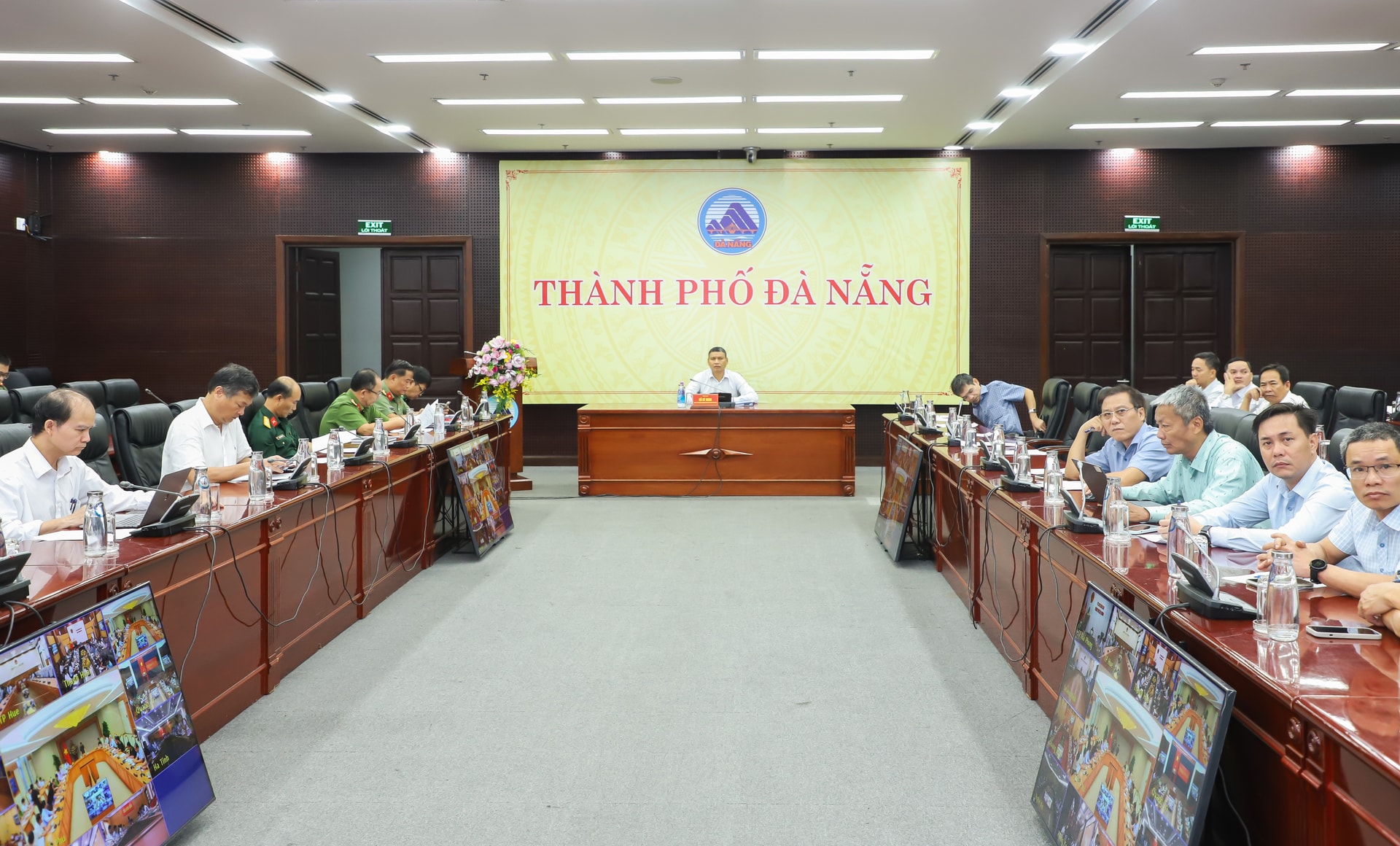
According to Deputy Minister of Agriculture and Environment Nguyen Hoang Hiep, storm No. 10 moves very fast, at a speed of 30 - 35 km/h, sometimes up to 40 km/h, with a wide range of influence. When it reaches the mainland, the storm will maintain its strong intensity, expected to make landfall in the Central region; in which Ha Tinh and Nghe An are the two localities most severely affected. Waves are 5m - 7m high, posing a high risk to coastal aquaculture areas.
Ships have been ordered to move away from the danger zone, and localities will implement a sea ban this afternoon (September 27). The evacuation of people must be completed before 7 p.m. on September 28 to ensure the safety of life and property.
Localities are required to inspect and reinforce the dyke system, especially those at risk of being vulnerable. For reservoirs, especially irrigation and hydroelectric reservoirs in Nghe An and Ha Tinh , it is necessary to proactively discharge floodwaters to ensure safety. The Ministry also recommends early harvesting of crops and mobilizing military and police forces to support the people.
General Nguyen Tan Cuong, Chief of the General Staff of the Vietnam People's Army, said that the army has deployed response telegrams, especially in Military Regions 3, 4, and 5. More than 240,000 officers and soldiers along with vehicles are ready to respond, support people in evacuating, and reinforce houses and boats, with 143 fishing boats being called to move.
Air defense, air force, border guards and other forces are also on standby for rescue operations when ordered. Inspection teams have been deployed to monitor storm prevention and control work in localities.
The Ministry of Science and Technology has prepared means to ensure communication, including satellite phones, to serve command and control in emergency situations.
Concluding the meeting, Deputy Prime Minister Tran Hong Ha said that the storm was assessed as dangerous, evolving quickly and complexly, with a wide range of influence due to its movement along the coast and bringing with it circulation causing heavy rain. Therefore, sectors and localities absolutely must not be subjective.
Before 12 noon and 5 pm today (September 27), it is necessary to control all activities of vessels at sea; update accurate meteorological and hydrological data. The Ministry of Agriculture and Environment must clearly identify strong wind areas, dangerous areas and soon issue documents guiding localities to deploy response.
The Deputy Prime Minister requested to focus on evacuating people from dangerous areas, especially coastal areas, vulnerable dyke areas, and areas at high risk of landslides. Mobilize forces, materials, rocks, and vehicles to key areas to be ready for reinforcement when needed. Military and police forces must get involved and carry out specific tasks in each locality. Review and inspect reservoirs and hydropower plants to ensure safety in operation and flood discharge.
Regarding response plans, the Deputy Prime Minister especially emphasized the “4 on-site” principle, especially in remote, isolated and mountainous areas. It is necessary to ensure uninterrupted communication; adequate medical supplies, food and provisions; and ready inter-commune and inter-regional rescue and relief plans. In addition, it is necessary to localize the risk of epidemics after floods and have early control and treatment plans.
The Deputy Prime Minister requested that immediately after the meeting, the Ministry of Agriculture and Environment urgently send a telegram to localities, relevant ministries and branches to directly go to key provinces to coordinate, direct and inspect storm prevention work. Hydrometeorological agencies need to focus on analyzing and forecasting with scientific and high accuracy. Media agencies should increase propaganda about the developments and danger of storms so that people can be more vigilant and proactive in prevention.
Source: https://baodanang.vn/pho-thu-tuong-tran-hong-ha-chu-tri-hop-khan-ung-pho-bao-so-10-bualoi-3303803.html




![[Photo] Hanoi morning of October 1: Prolonged flooding, people wade to work](https://vphoto.vietnam.vn/thumb/1200x675/vietnam/resource/IMAGE/2025/10/1/189be28938e3493fa26b2938efa2059e)



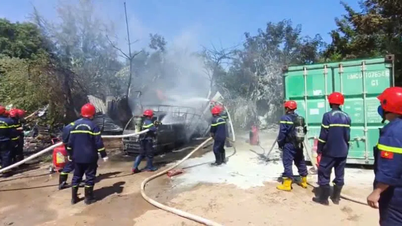

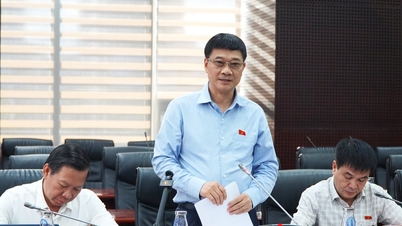







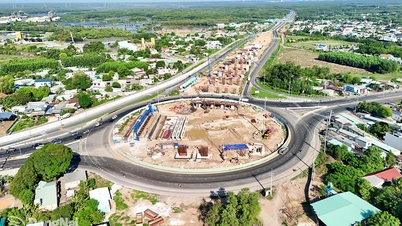

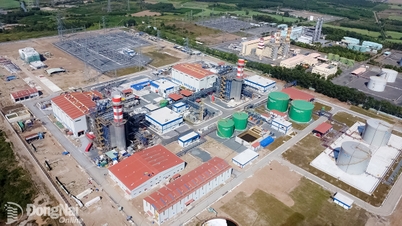
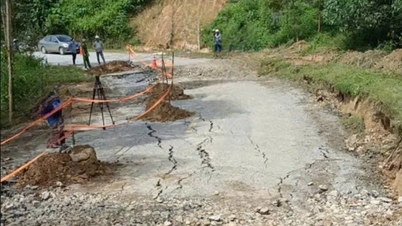


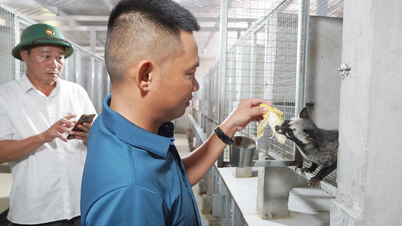

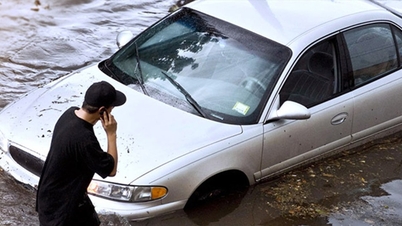












![[Photo] President of the Cuban National Assembly visits President Ho Chi Minh's Mausoleum](https://vphoto.vietnam.vn/thumb/1200x675/vietnam/resource/IMAGE/2025/10/1/39f1142310fc4dae9e3de4fcc9ac2ed0)





































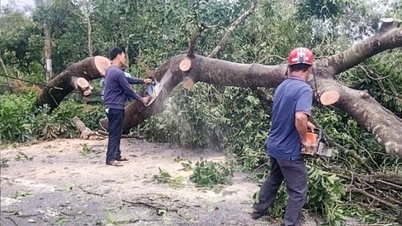

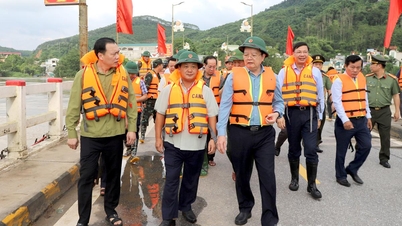


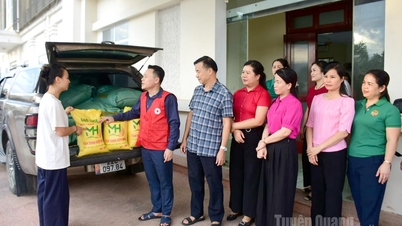
















Comment (0)